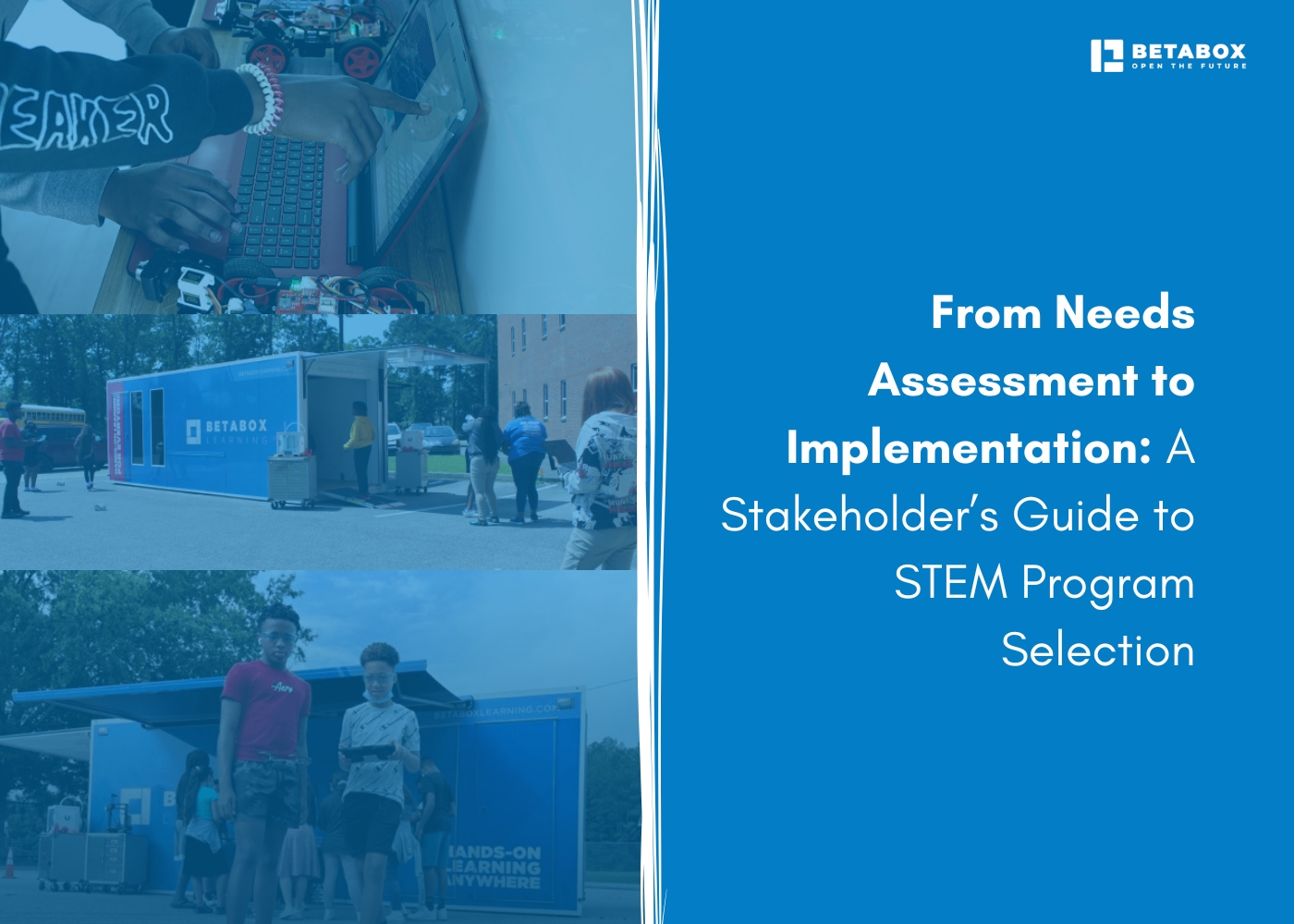
K–12 education continues to evolve toward real-world learning that connects classroom theory with applied problem-solving. Yet many STEM initiatives fall short because they lack structured planning or fail to align with actual classroom needs.
A data-informed STEM program needs assessment can help districts make confident, equitable decisions that ensure investments translate into measurable learning outcomes.
Implementation science research from the National Institutes of Health reinforces this principle: successful adoption requires capacity building, stakeholder inclusion, and iterative learning processes. In other words, schools benefit most when programs are contextual, practical, and responsive.
Betabox Learning supports this model by bringing mobile, hands-on labs to rural and under-resourced communities across the southeastern United States. Funded by industry partners in technology, energy, and manufacturing, these programs merge educational impact with corporate social responsibility (CSR) goals to create shared value for communities and companies alike.
A strong foundation begins with data. A school district STEM planning process should start with a comprehensive needs assessment that identifies the current state of STEM engagement, resource gaps, and instructional readiness. The NIH study on implementation capacity found that successful program design depends on mapping existing assets before introducing interventions.
District leaders can collect both quantitative and qualitative data:
Benchmark findings against Next Generation Science Standards to ensure compliance and rigor. The result is a “STEM Readiness Report,” highlighting critical investment areas.
Betabox’s Blueprint process helps districts create these reports through collaborative workshops that identify local needs and align them with available industry funding opportunities.
Meaningful stakeholder engagement in STEM ensures long-term program success. Implementation research emphasizes that engagement should occur early and often, not just during rollout. Schools should form STEM Steering Committees that include teachers, parents, local businesses, and regional workforce representatives.
Involving diverse perspectives strengthens alignment between educational objectives and workforce development. For example, partnerships with companies in renewable energy or data analytics can help schools contextualize classroom content around future career paths.
Betabox’s partner programs exemplify this approach. Corporate sponsors fund STEM experiences that reach underrepresented students, while receiving detailed impact reports that quantify community benefit. The Cypress Creek Renewables case study demonstrates how such collaborations can simultaneously advance sustainability education and corporate outreach goals.
Once needs and partnerships are in place, selecting a STEM curriculum becomes the next critical step. Programs should be evaluated for alignment, accessibility, and scalability. A framework rooted in implementation science like the RE-AIM model cited in NIH literature can guide evaluation by measuring reach, adoption, and maintenance of classroom impact.
When evaluating curricula:
Betabox Projects and mobile lab activities complement classroom instruction by delivering structured, experiential learning aligned with state frameworks. These tools address a major challenge highlighted in Betabox’s article on curriculum adoption barriers: insufficient teacher confidence and preparation time.
A successful rollout requires an actionable plan. A STEM implementation guide transforms ideas into measurable steps, ensuring accountability and consistency across schools.
Effective plans include:
Betabox’s Blueprint Framework, modeled after proven principles of capacity-building from the NIH study, emphasizes cyclical learning: Create, Fund, Implement, Measure. Each phase incorporates teacher and stakeholder feedback to refine delivery and maximize engagement.
Interactive sessions such as Betabox’s Onsite Field Trips provide educators with examples of effective facilitation, bridging theory and practice in real time.
Continuous evaluation transforms STEM initiatives from short-term projects into sustainable systems. According to Implementation Science Communications, evaluation must include iterative review cycles that measure progress, identify barriers, and recalibrate strategies.
Districts can monitor success using three dimensions:
Betabox Learning provides data dashboards and partner reports that visualize performance and ROI for both schools and sponsors. For example, the Google case study highlights measurable increases in STEM engagement when mobile labs supplement classroom learning.
Regular STEM education program evaluation ensures equity, sustainability, and community accountability.
Creating a Framework for Lifelong STEM Success
Effective K–12 STEM program adoption requires more than funding or enthusiasm. It demands structure, partnership, and evidence-based reflection. The NIH’s findings on “intelligent swarming” as a capacity-building model mirror Betabox’s collaborative approach: multiple stakeholders working together to meet context-specific learning goals.
A well-designed plan follows a continuous cycle: assess, engage, select, implement, and evaluate. Each step builds the next, ensuring programs evolve alongside student and community needs.
For districts and industry partners ready to take action, a Blueprint Call with Betabox helps translate these principles into customized, funded STEM experiences that deliver measurable community outcomes.
1. What is the process for conducting a needs assessment in STEM education?
A needs assessment involves collecting data on student performance, teacher readiness, and resource availability. The findings inform priorities for funding and curriculum adoption.
2. How do you involve stakeholders in STEM program selection?
Schools should create committees that include teachers, parents, and industry representatives to co-design program goals and ensure alignment with workforce trends.
3. What are the critical steps for implementing a K–12 STEM program?
The process includes assessment, stakeholder engagement, curriculum selection, guided implementation, and ongoing evaluation.
4. How do districts evaluate and adopt new STEM curricula?
Evaluation includes pilot testing, standards alignment checks, and teacher feedback collection to ensure programs fit district needs.
5. What challenges do schools face when implementing STEM programs?
Schools often struggle with funding gaps, limited teacher training, and fragmented resource access. Partner-funded models like Betabox Projects address these barriers.
6. How can industry partners contribute to STEM program success?
Companies can fund mobile labs, provide volunteers, and receive measurable CSR impact reports through the Betabox Partner Network.


Ready to learn how Betabox resources can be implemented at your school or District?
Book a Blueprint Call

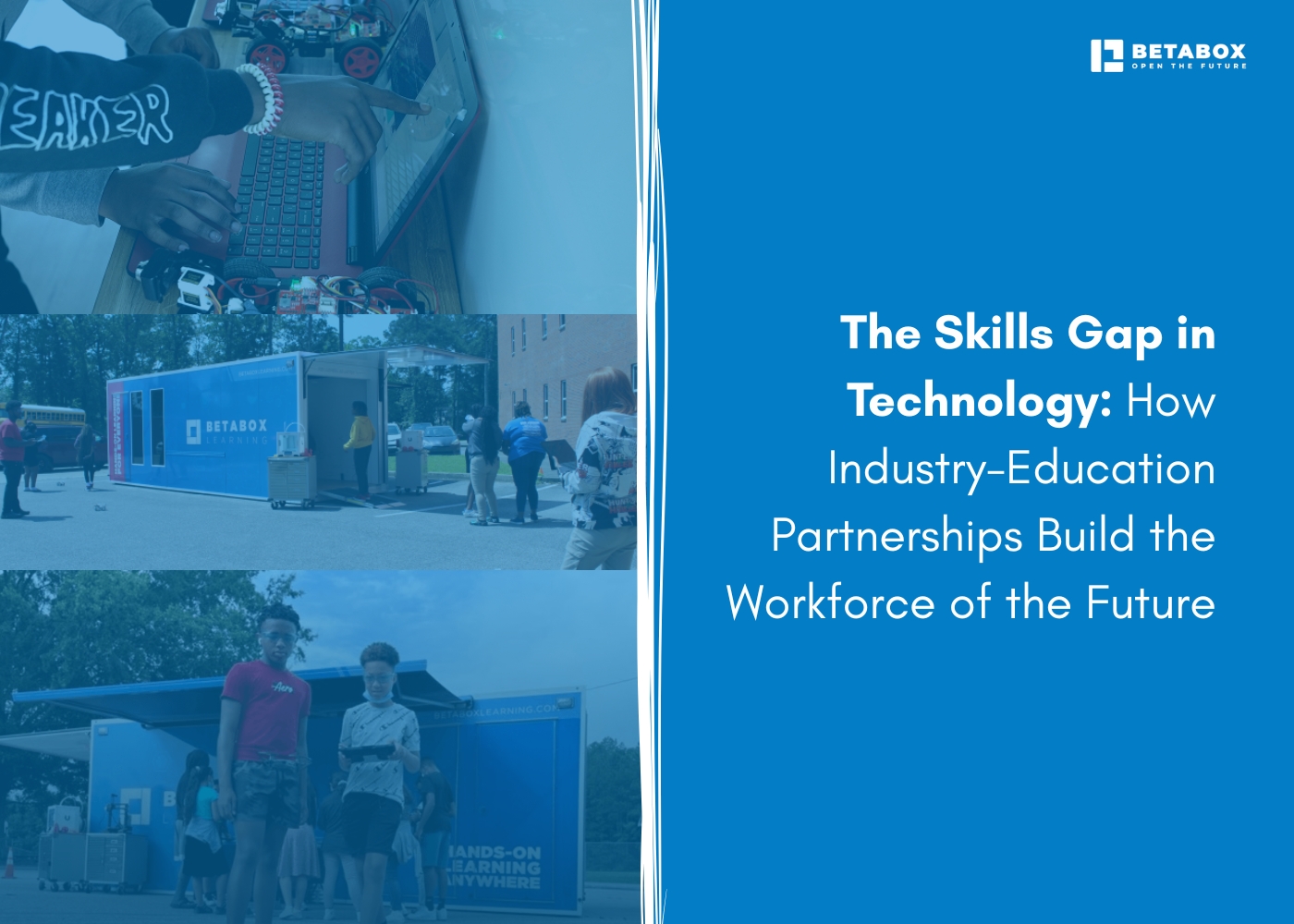



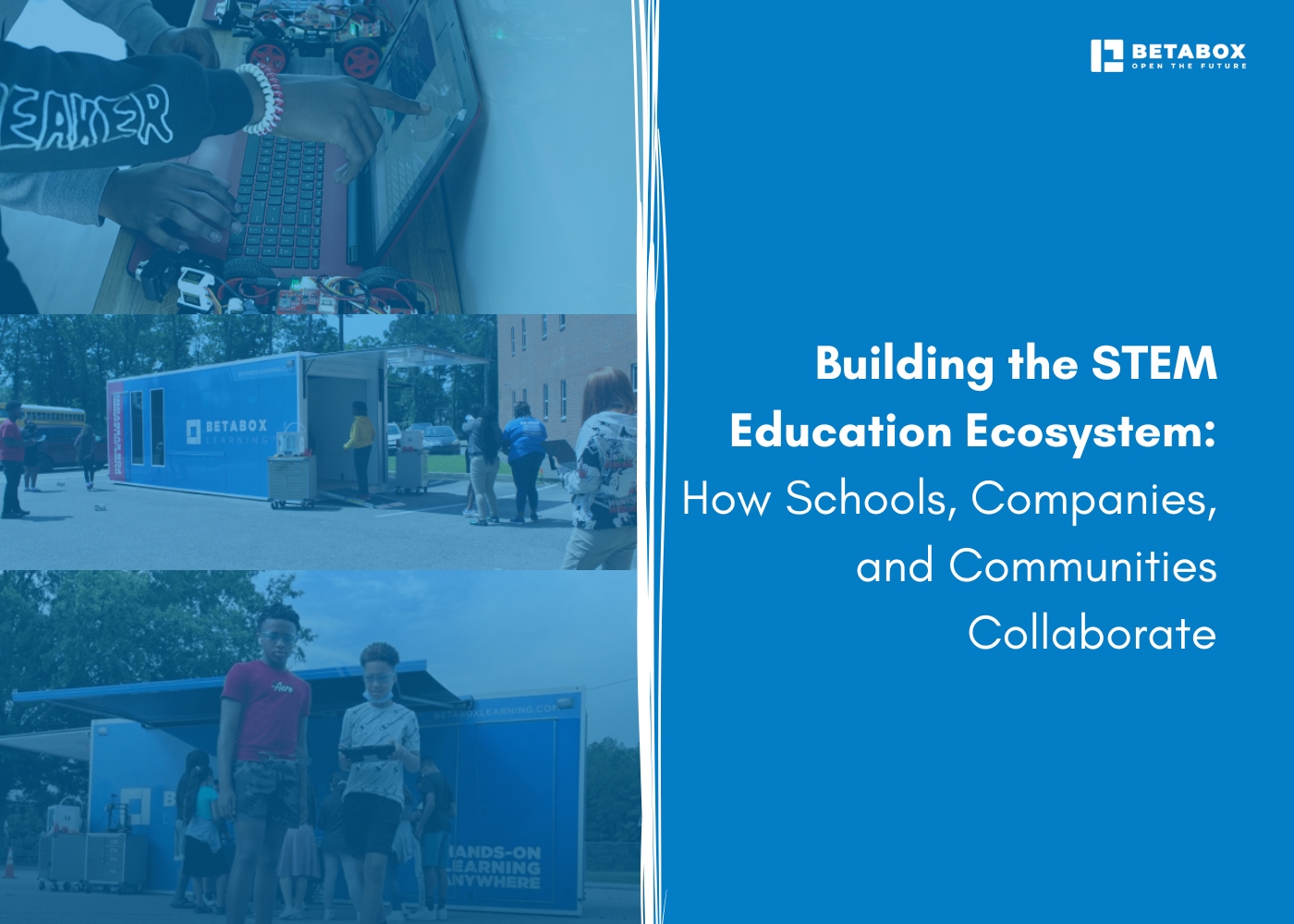

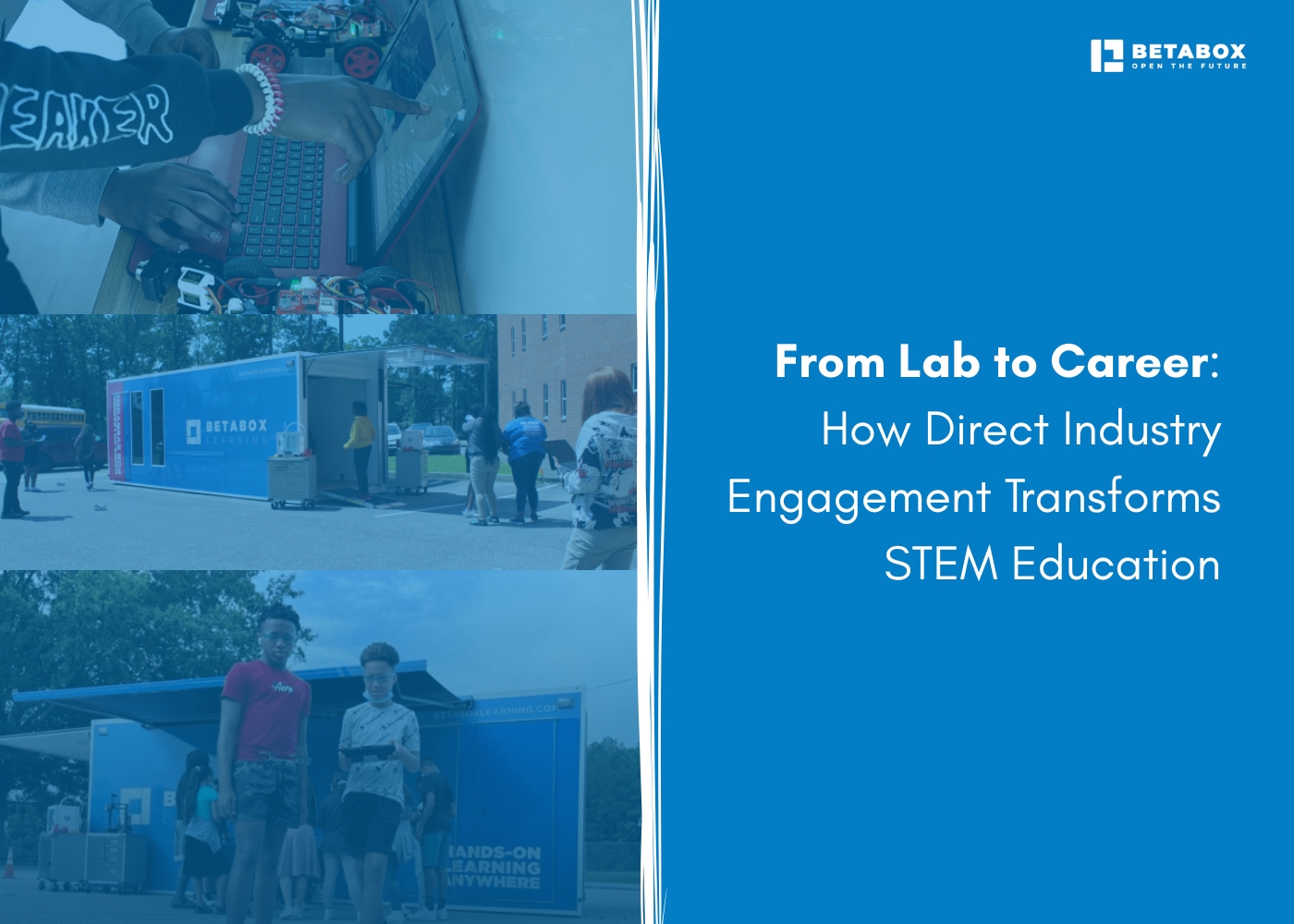





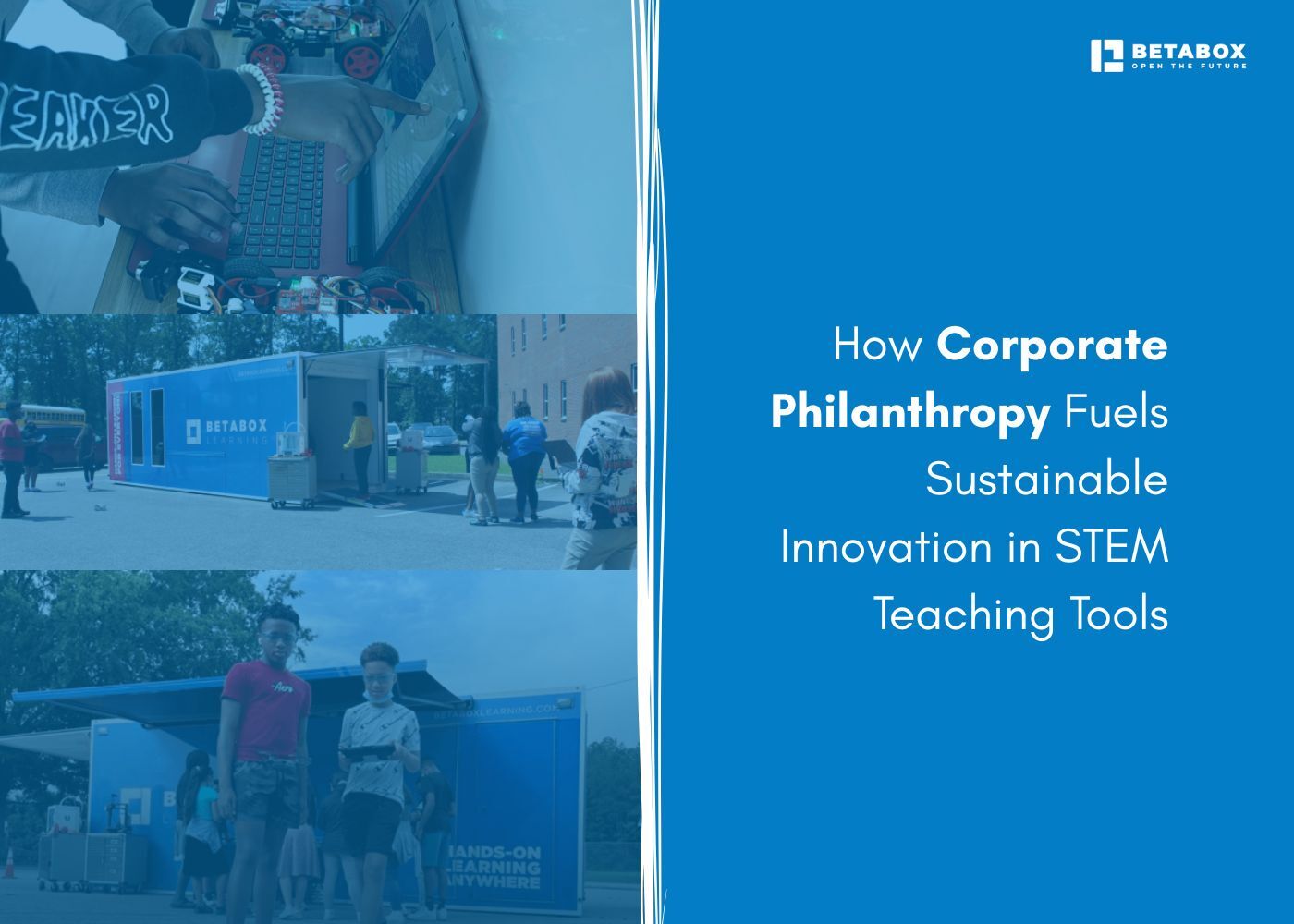

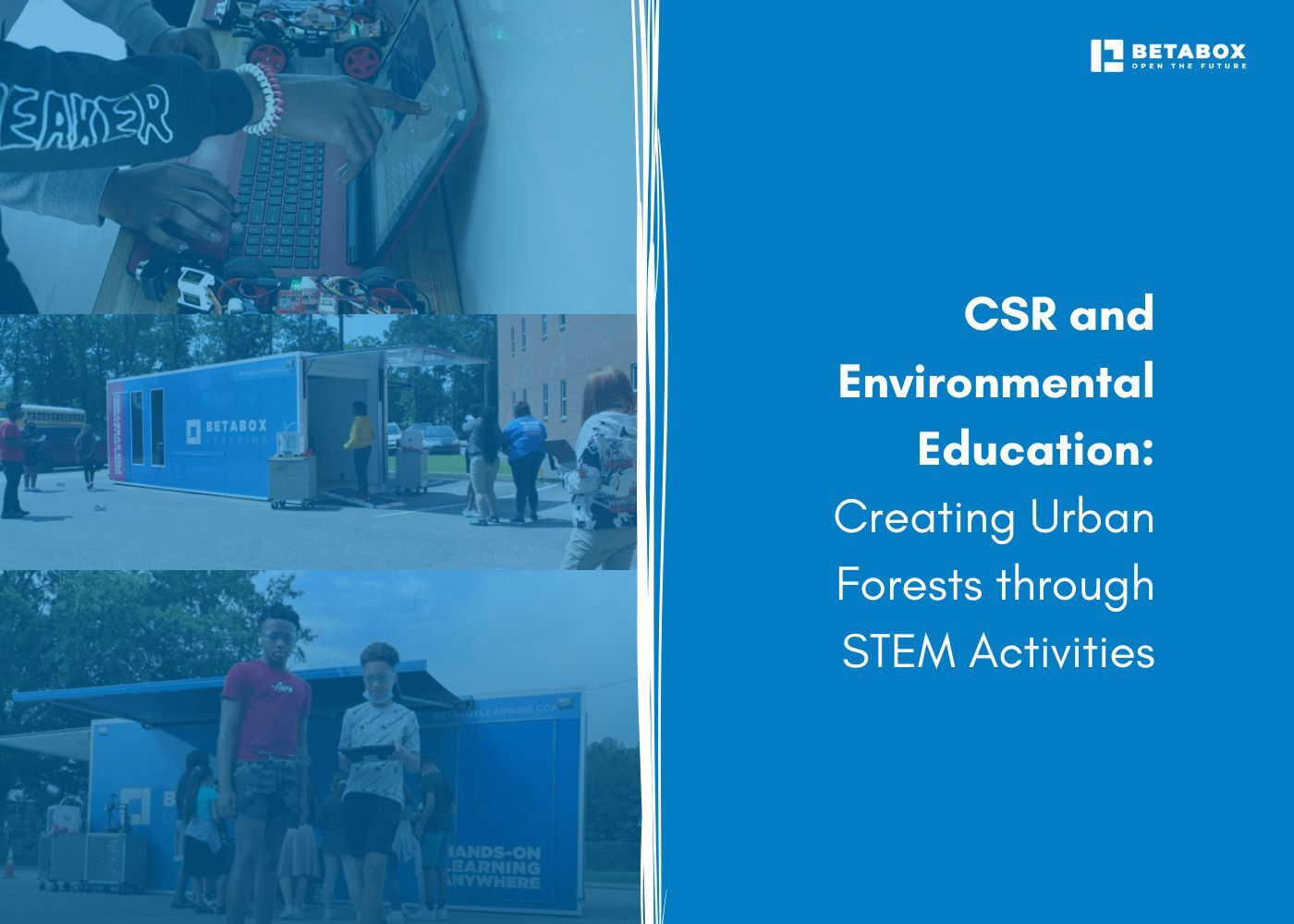



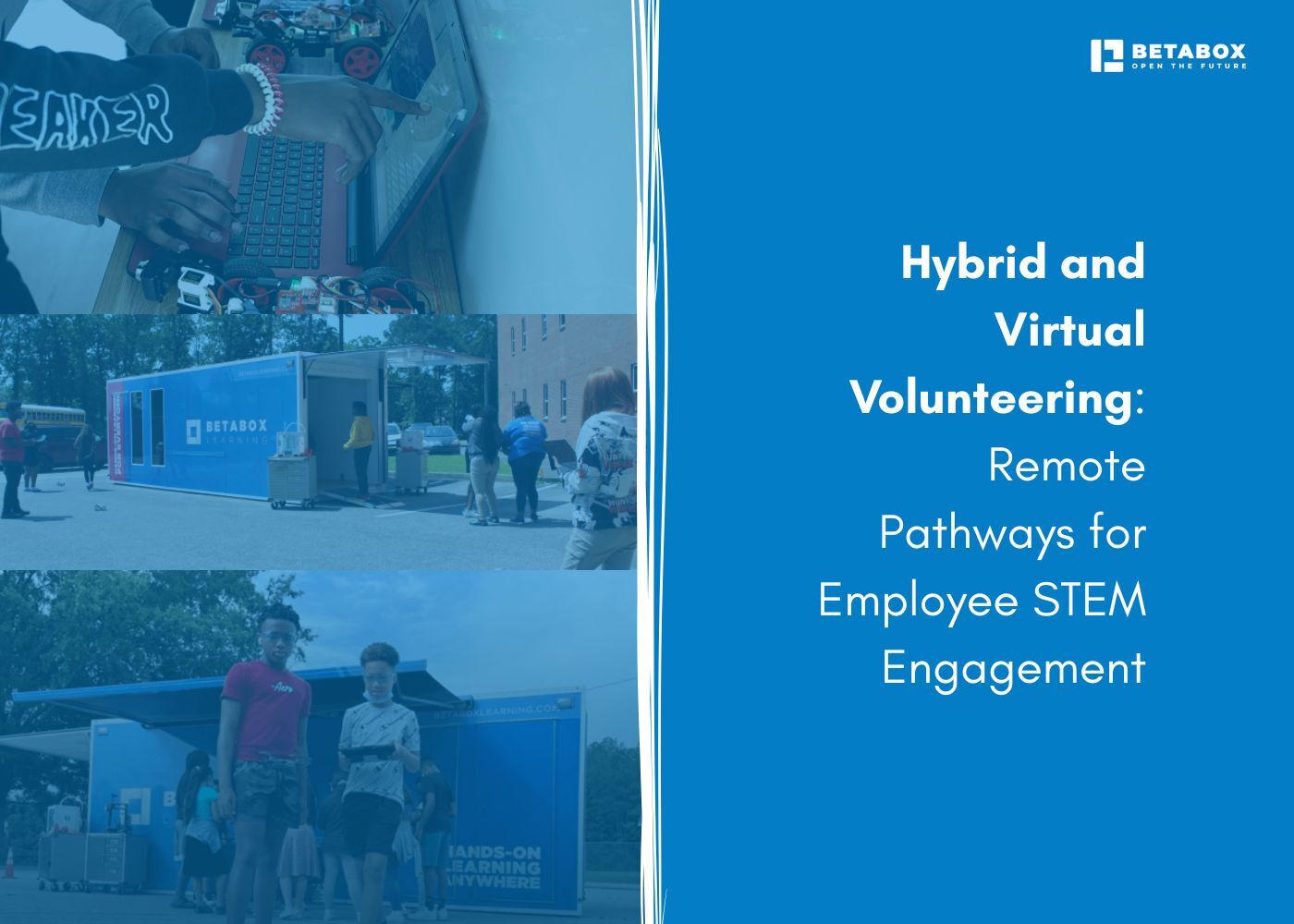





At Betabox Learning, we are passionate about making hands-on STEM curricula accessible to all students.

Join our newsletter to stay in the loop on all things Betabox and the future of STEM education.
By submitting your email address, you agree to our Privacy policy and Terms of Service. You can unsubscribe any time via the link in your email.
© 2025 Betabox. All Rights Reserved
